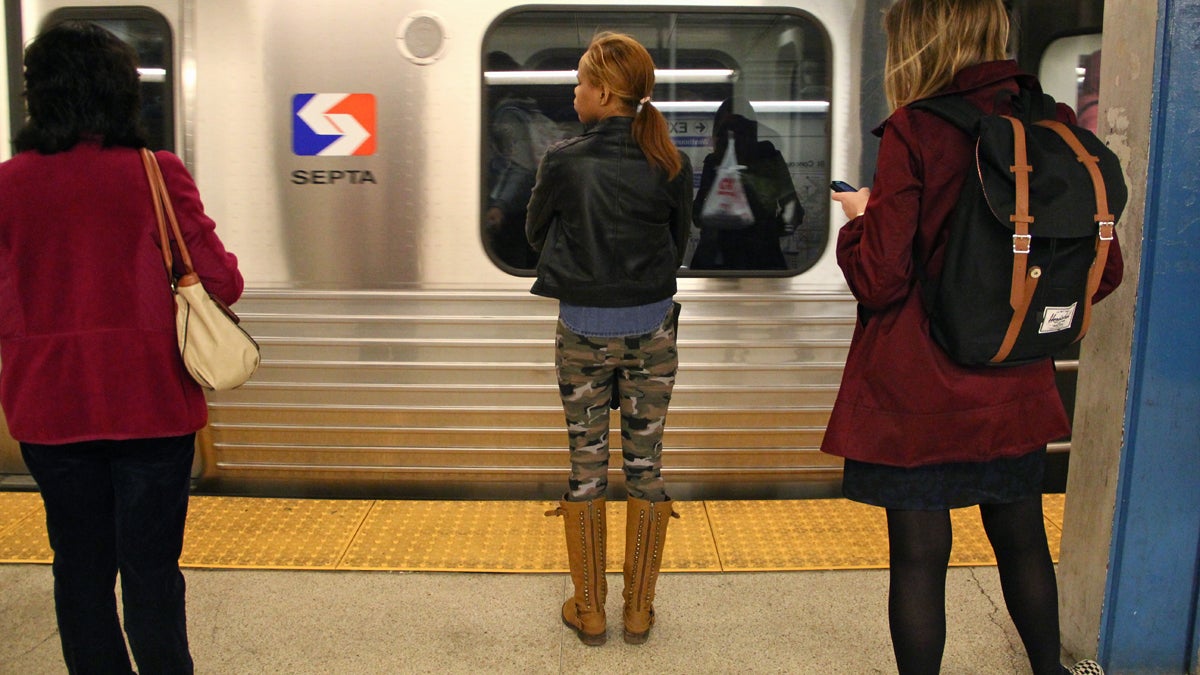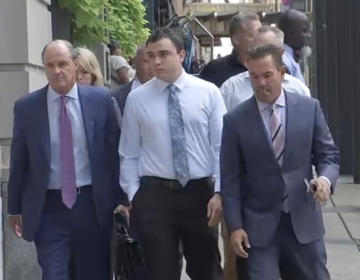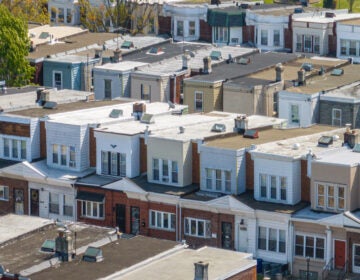SEPTA safety blitz warns Philadelphians to stay off the tracks

Passengers wait for the subway at Suburban Station. (Emma Lee/for NewsWorks)
SEPTA is renewing a public awareness push to shed light on the hazards of trespassing on train tracks in the Philadelphia area.
The campaign comes just as transportation officials from around the country meet today in Washington to discuss ways to prevent tragic train encounters.
According to the National Transportation Safety Board, 476 people were killed and 432 were injured in 2013 as a result of trespassing on train tracks. Those numbers are consistent with average annual deaths and injuries that occur on private train track property.
In the Philadelphia area, about 10 people die each year from train accidents. SEPTA’s Scott Sauer said there’s no panacea. Some safety advocates have called for erecting more fences around tracks, though that strategy isn’t perfect, Sauer notes.
“We go out and fix the fence, and they go out a couple weeks or months later and they cut it again,” he said. “Everybody makes the assumption that these are kids, or vagrant adults, but they’re not. These are perfectly reasonable people otherwise, who just don’t want to walk an extra quarter mile to get where they need to go.”
Furthermore, tracks are accessible from stations and highway grade crossings, providing easy ways to circumvent a fence. Sauer says that SEPTA employees are occasionally around the tracks to do maintenance and fences can potentially endanger an employee in the event of an emergency.
“We don’t have high instances of pedestrians getting struck on I-95, because people know not to walk on I-95,” Sauer said. “So we’re trying to teach people that our railroad tracks are like an interstate. Our trains are not expecting anybody to be there.”
‘Station safety blitz’
An analysis by the Philadelphia Inquirer found that the tracks near SEPTA’s Langhorne station have been especially deadly. In recent years, young men have died on the tracks there both intentionally and accidentally.
In civil lawsuits that follow deaths along SEPTA tracks, the transit authority usually says it’s not responsible for injuries and deaths from illegal trespassing. Pennsylvania state law tends to protect railroad operators from civil liability.
Later this month, SEPTA will conduct a “station safety blitz,” where dozens will fan out across train stations and talk to riders about the dangers of walking on tracks.
It’s estimated that as many as half of all track deaths are suicides.
To address this, SEPTA recently installed signs along several tracks popular among trespassers listing a 1-800 suicide prevention number.
“If you give them some means of talking about what they’re intended to do, a lot of times they’ll use it,” Sauer said.
At the forum in Washington on Tuesday, safety advocates said their public outreach efforts are now targeting photographers and filmmakers, who often get struck while trying to shoot moving trains.
“Tracks are for trains, not for film, or photos, or any other recreation,” Joyce Rose of Operation Lifesaver said at the forum.
But the vast bulk of victims are young intoxicated men, Rose said. That explains why her group has been hanging up track safety ads in bar bathrooms and even on beer coasters.
“We’re just trying to draw a little of their attention.”
WHYY is your source for fact-based, in-depth journalism and information. As a nonprofit organization, we rely on financial support from readers like you. Please give today.




